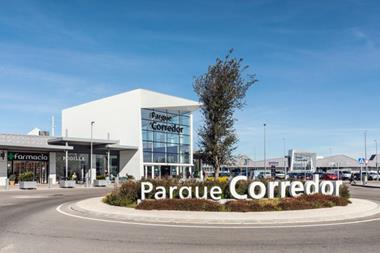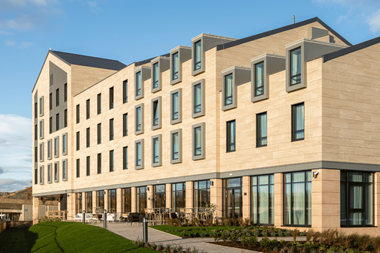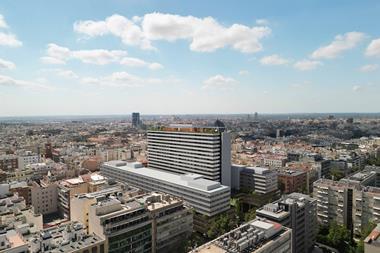‘Soft’ location factors like the number of creative professionals in a city or the number of tourist attractions are increasingly important in determining an urban centre’s overall attractiveness for high street investments, according to a research study from retail real estate specialist Redevco.
‘Soft’ location factors like the number of creative professionals in a city or the number of tourist attractions are increasingly important in determining an urban centre’s overall attractiveness for high street investments, according to a research study from retail real estate specialist Redevco.
In addition to fundamental market drivers such as economic and demographic data, these soft factors can in turn explain differences in rent levels and yields of retail properties in hundreds of European cities, the research found.
According to Redevco’s City Attractiveness analytical model, London, Paris and Munich rank as the top three most attractive high street locations in Europe. London and Paris hold the two top spots, reflecting their status as global retail destinations commanding the highest European prices and rents. They have also experienced significant retail rental growth and yield compression over the past two years. German cities occupy seven of the 20 highest places, as the ‘weight of money’ from investors targeting the market has led to a solid performance for retail property.
Redevco’s research & strategy team has drawn on a wide range of sources to analyse and rank nearly 800 main high street locations in European cities and 1,450 regions within 25 countries. Redevco’s City Attractiveness Model can play an important role in measuring increasingly important soft factors alongside more traditional performance indicators, noted Marrit Laning, Redevco’s head of research & strategy. ‘Location risk has leapt up the agenda as e-commerce changes Europe’s retail landscape at an astonishing speed. In this volatile environment, retailers and property investors need a navigation tool to identify future winners and losers.’
Indicators
The City Attractiveness Model is composed of 19 different indicators grouped into four main categories: city quality, population, economy and retail property market. These are weighted to derive a city’s ranking. This weighting is then enriched with the local knowledge of Redevco’s seven country teams that enables the grouping of locations into five ‘Quality Baskets,’ ranging from ‘Excellent’ to ‘Poor’, to identify a total investment grade universe of around 200 European cities.
The survey found that rental value changes and yield compression are strongest over time in those cities that have a higher number of historic points of interest. While there is an obvious strong link between the size of an urban area and the number of historic attractions that a city is likely to have, the relationship holds true for those smaller cities with disproportionately high numbers of points of interest that attract a greater number of shoppers.
Rental levels
The model enables Redevco to use traditional measures to estimate what the retail rental levels of a city might be and then link deviations from these estimations to soft factor variables. For example, the principal high streets of Cannes in the South of France command average retail rents in excess of €5,000 per m2 a year, more than double the average retail rent of €2,297 per m2 projected by traditional indicators such as the size of its population and rental values in comparable European markets. The explanation for this variance lies in the city’s allure for the very wealthy and international congresses, like the Cannes film festival and Mipim real estate trade fair.
Another example is Berlin which has enjoyed very strong increases in its city attractiveness indicators in recent years, despite a relatively weaker economic base relative to some other high-ranking German cities. This comes from the very high quality of the city’s living environment, its young population and fast-rising house prices. Media companies in particular have flocked to the German capital, demonstrating the powerful influence that hubs of creative professionals can have on the vibrancy and cultural life of a place.










